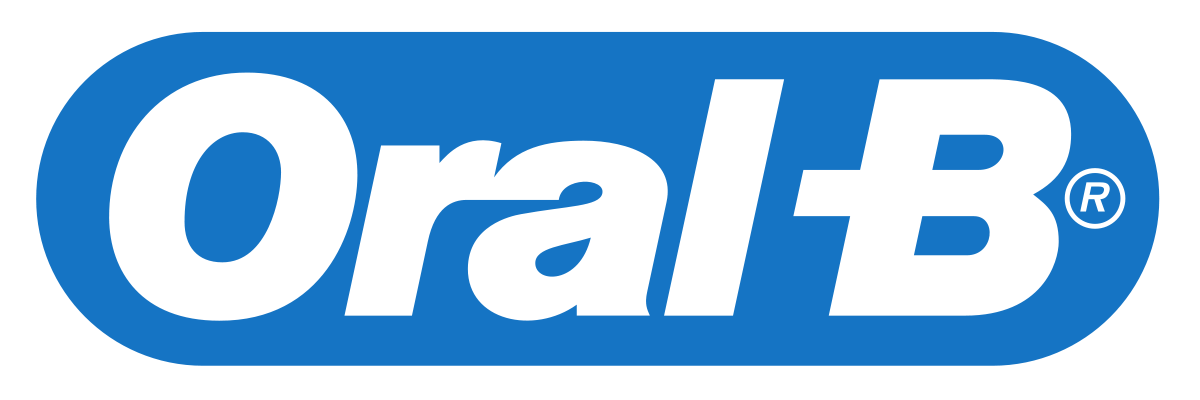2 reviews for On Page SEO Services
You must be logged in to post a review.


You get a complete crosswalk of your website based on how good Google thinks your website is, completed and assessed by an SEO professional (not some automated tool). In your SEO analysis, we will:
We do this by assessing & studying various data inputs & SEO metrics such as internal and external links, on-page content, site architecture, organic traffic performance, keyword ranking, SERP click-through rate and other SEO issues that may be hurting your website. Secure your Website SEO Audit now.
$1,495.00






Search Engines, particularly Google, love "high quality" websites and reward them with more traffic. Google cares so much about the quality they openly provide in-depth webmaster guidelines which more or less explain that they will reward a website if:
In short, if you want to increase rankings and the traffic your site receives, you need to get these three points right.
That's why...
If you know your site has SEO issues - you need our audit.
If you are unsure why your website has ranking issues - you need our audit.
If you want a strategic long-term SEO strategy - you need our audit.




















You will get an easy-to-read & implement report outlining where your site currently sits, what needs to be changed and further recommendations to improve your website's traffic.
Here's a quick outline of our process:
Your report will outline every poor page hindering your website's crawl rate and quality score.
We'll complete a URL inspection, which assesses different SEO metrics (traffic, engagement, external links, thin content, etc) to determine quality.
Because you get an SEO expert running their eyes over every page, it's the ultimate content audit - you will not find a better content audit tool on the market.
Your report will show you which URLs are on the verge of winning in Google.
You'll get specific instructions on what needs to happen to push these pages onto the first page and start to increase traffic.
This audit is the starting point of every successful SEO campaign we've run.
It's that important.
It guides you where your site lacks and what needs to be fixed for maximum results in minimum time.
(it's the ultimate guide to SEO - at last, you'll know where to invest your budget for quick returns without blindly committing to an SEO campaign).
In online marketing, there is no one tool to rule them all.
Neither is the case with site audits.
This is why our website SEO audit goes above and beyond any other SEO tool capability and, quite frankly, what many other SEO companies provide.
We combine the power of all the most successful SEO software and SEO reporting tools on the market AND get our veteran SEO professionals to complete our website audits.
Here's a peek at the SEO toolbox our team will use for your website audit:


We don't just have 1 SEO expert working on our team. Meet our team of SEO's who will help improve your websites quality and in effect, traffic to your site.
To get started simply click the buy button below and get ready to start seeing your search engine results improve.
This audit is the first step to increasing the quality of your website and quickly discovering major sticking points in your SEO campaign. It's not a full technical SEO audit, as a full technical audit is the next step following this audit.
A full technical audit will also include internal link structure, structured data analysis, anchor text analysis, on-page SEO audit, pull in Bing webmasters tools data, looking at core web vitals, site structure, site speed/loading time, robots txt file and other off-page SEO elements. It's a lot more involved, and if you're interested in this, reach out to our team directly on 1300 188 662.
No. While some on-page elements will be commented on, it is not a full on-page SEO service. You can learn more about our full on-page SEO services offered here. This is where we deep dive into problems and fix issues such as thin content, alt texts, link structure user experience and much more.
No. While the audit will comment on your internal and external links, actual link building is not included. To learn more about our link building services click here.
Not in this audit. We have test results showing just how much social media plays a part in SEO, however, as part of improving the quality of a website via this website SEO audit, social media does not come into play.
You must be logged in to post a review.
Les Pearce –
I had the pleasure of working with David and his team as I worked my way through the daunting task of creating a fully functioning E-commerce website that would work seamlessly with my in-store systems. The team were able to help from logo design through to launch of the site and SEO that has seen us cement a 1st page ranking on Google.
I will continue to use David and his team as I grow.
Anastasia Paraskevos –
Thanks for building another great website for us and SEO'ing it to get it found on the Sunshine Coast. Will be recommending you to everyone.